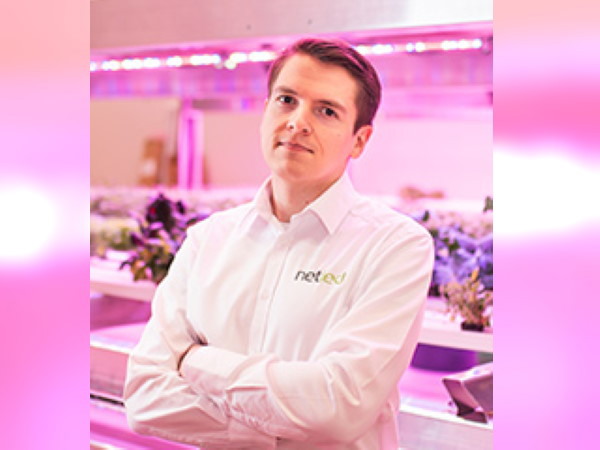There are many questions to consider when choosing the right growing medium for a vertical farm. First of all, you need to reflect, will you choose a growing medium or non-medium for vertical farming? What are the options available in the market with reasonable freight costs, and what are the growing medium costs per kilogram of produced crop? How does the medium work in an automated process? How is the used growing medium handled, and are there ways to recycle it locally? How much does the fertilizing need to be adjusted in the chosen growing medium? In this article, Netled's Crop Specialist Arsi Kujala sheds light to the most common questions of growing media for vertical farming.

Which option to choose when growing indoors?
There are different ways to grow indoors. Hydroponics, with a combination of substrate and scheduled irrigation with nutrient enriched water, is the most used option in professional growing. In hydroponic system, growing results are dependent on many factors. For example, timely and optimized irrigation needs to be planned according to the requirements and growth cycle of the plant. The growing medium has to be spacious enough, in order for the roots to have enough room. Properly scaled fertilization is a key factor, and you have to consider the quality of raw water, the used growing medium as well as the plant itself. The growing medium has a big impact on the water-economy of the plant and also its ability to utilize nutrients.
Aquaponics is a system in which nutrients circle from fish to plants, and in between, there is nitrification through bacterial action. The idea is good, but great amount of water includes always risks, e.g. microbiological and root diseases, just to mention few. If all water needs to be changed in order to fix bacteria or a disease, the whole production must also be paused for some time, which causes economical losses.
In aeroponics, the roots are hanging freely in the air and roots are given high pressure fog with nutrients. In this system, hygiene risks are minimized, but there is, however, a great risk for technical breaks. When roots don’t have any reservoir of water and nutrients, any breaks in the process may cause big losses. In addition, vast growth of roots may cause problems by filling the space and preventing free flow of nutrient fog.
Despite of the chosen method, you need to consider the texture of the growing medium, its ability to detain water and nutrients and also its pH balance.
Growing medium from organic or non-organic materials?
Growing media can be divided roughly into two categories: organic and non-organic materials. When non-organic materials are used, there are no nutrients in the growing medium itself, but all nutrients come from the fertilizer. This means a bit higher fertilizer cost, and there is also the issue of handling used growing media materials. With non-organic medium, there are limited possibilities for recycling or even burning the used material. All of the different growing media require different mixes of fertilizers.
Organic materials are plant-based. Some areas in the world have big peat resources, and peat does work well as a growing medium. It keeps water in its structures without losing the air. In addition, it contains nutrients that the plant uses together with fertilizers. Despite of some nutrients, peat must also be calcified, so it’s not too acid. In this medium, the roots stay in good condition.
Coco coir is another material, which works very well as a growing medium. Coco coir contains recycled material and has therefore a very nice image. However, there are some issues with coco coir that you need to consider. One of them is its salinity: as coco coir is cleansed with seawater before it’s shipped, its salt content is high. Through seawater, there is also a microbiological risk, unless its disinfected by steaming. Professional growing media companies know how to process material in order to fulfill high quality standards.
A new interesting organic material is white sphagnum moss, which is renewable and gathered from bogs from the northern parts of the world. It has good water and form-keeping qualities. There are also several cellulose-based growing medium development projects going on. Cellulose is a good add to mixes of growing media, but the ongoing process of cellulose degradation process eats the nitrogen and needs to be solved with fertilizing.
Before choosing any medium, it’s always good to talk with the growing media suppliers first. Sometimes the most apparent option is not the best choice. For example, in our Vera vertical farm demo facility, there are several growing media tests going on. This way we can provide first-hand information for growers on how different media act and which nutrients are recommended for each medium.
For more information: Netled
Netled
netled.fi
